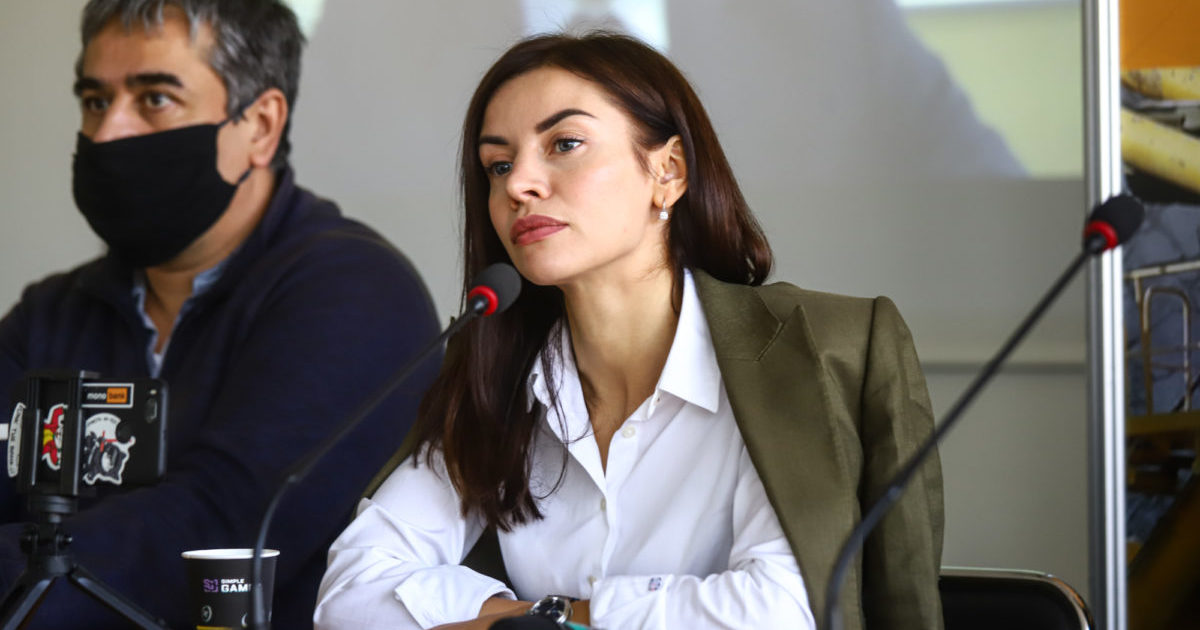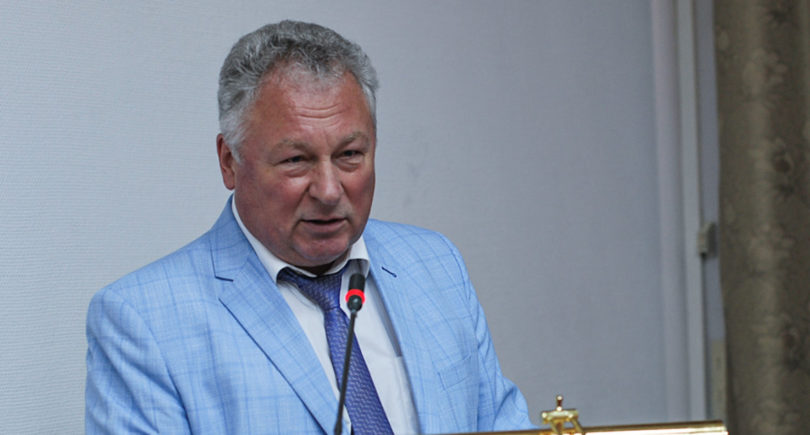
The second year of the full-scale war became a real test for Ukraine
Despite all the difficulties and obstacles, the extractive industry continued to develop in 2023. One of the proofs of this is the record amount of revenues to the state budget from the payment of fees for special permits by subsoil users. Last year, mining companies paid UAH 2.3 billion for the right to develop mineral deposits! What trends have become key for the development of Ukraine’s extractive industry in 2023?
Updating legislation
The year 2023 was fruitful in terms of legislative changes in the field of subsoil use. In this context, one of the main events is undoubtedly the entry into force of Law No. 2805 «On Amendments to Certain Legislative Acts of Ukraine on Improving Legislation in the Field of Subsoil Use» in March 2022. The National Association of Taxpayers of Ukraine was also involved in the development and discussion of Law No. 2805, which significantly simplified the procedure for obtaining special permits for subsoil use.
«From now on, entrepreneurs no longer need to draw up dozens of documents and obtain burdensome approvals in order to obtain a special permit for subsoil use,» said Yulia Svyrydenko, Minister of Economy of Ukraine.
Also during the year, the government approved several resolutions related to subsoil use. In particular, in February 2023, Resolution No. 132 «On Approval of the List of Subsoil Areas (Mineral Deposits) of Strategic Importance for the Sustainable Development of the Economy and the State’s Defense Capability to be Provided for Use through Competitive Tenders for Production Sharing Agreements» was adopted. This document at least partially highlighted the state’s understanding of the concept of «strategic raw materials,» which, unfortunately, still remains unregulated. As a result, Ukraine is losing billions of dollars in state budget revenues and is unable to create normal conditions for attracting investment in the development of this type of minerals.
The Ministry of Environmental Protection and Natural Resources of Ukraine has also addressed the issue of waste. In October 2023, as part of the harmonization of Ukrainian legislation with European directives, the Classification Procedure and the National Waste List were approved, which includes 20 groups and 895 types of waste. For the first time, Ukraine has a clearly defined waste classification that meets European standards. For the extractive industry, the National List defines several types of waste. For example, waste generated during exploration, extraction and quarrying; waste from the extraction of metallic minerals (ore) or waste from gravel and crushed rocks.
Work on legislative changes in the field of subsoil use is ongoing, as many issues remain unresolved. In particular, the lifting of the classification and further regulation of terminology for strategic raw materials, etc. It is highly likely that this trend will continue in 2024.
A sea corridor for iron ore opens
In mid-August 2023, the so-called «temporary maritime corridor» proposed by the Ukrainian Navy began operating in the Black Sea. Over four months, more than 300 vessels have used it, transporting more than 10 million tons of export products from the ports of Greater Odesa. This information was announced in mid-December by Infrastructure Minister Oleksandr Kubrakov.
Out of the 10 million tons, at least 11% of the cargo flow (or 1.1 million tons) was iron ore. In October, four vessels transported 507,000 tons of iron ore from Pivdennyi port, and in November this figure increased to 620,000 tons, transported by 14 vessels from Odesa and Pivdennyi ports.
The operation of the temporary sea corridor allows Ukrainian iron ore producers not only to gradually increase production volumes but also to expand their export geography. «Before the opening of the sea corridor, we had two markets for our ore: intra-group consumption in Ukraine and Eastern Europe. This allowed us to utilize our mining and processing facilities by 35-40%. Now we are expanding our geography: Southern Europe, Italy, Turkiye, Egypt. But the lion’s share is China,» said Yuriy Ryzhenkov, CEO of Metinvest, in an interview with Forbes Ukraine.
Supporting the new maritime corridor will require great efforts from the government and international partners, and one of the most important issues is the issue of shipping insurance.
Mining as a means of business diversification
The year 2023 saw an increase in interest in the subsoil use and production sector from companies and businessmen who had not previously been involved in such activities or who viewed this type of activity as a means of diversifying their business. In this context, the Turkish Onur Group stands out, as in February it announced plans to invest $50 million in the development of a graphite deposit in the north of Khmelnytsky region. The Turkish investor plans to carry out this activity through its subsidiary Spys Ukraine. In addition, in August, Onur Group acquired Rokytnivsky Spetskarnyi, a granite mining company in Rivne region.
BGV Group Management has invested over $100 million in mining projects since 2015. In 2023, the company intensified its activities in this area. In particular, it intends to start sand mining in Zhytomyr region and is interested in developing uranium deposits in Mykolaiv region.
In 2023, Dragon Capital continued to increase its influence in the mineral water market. In November 2023, Dragon Capital founder Tomas Fiala and Ukrainian businessman Oleksandr Svishchov acquired the assets of Firm T.S.B., a company engaged in the production and sale of mineral waters in the Lviv region. This company holds three valid special permits for mineral water extraction in the region. As a result of this transaction, Dragon Capital will own nine special permits for the extraction of mineral waters in the Lviv region. This will allow the investor to develop the Truskavetska mineral water brand acquired in 2021 from IDS Borjomi International.
The introduction of sanctions suspends mining enterprises
Due to Russia’s full-scale aggression, the Ukrainian government has imposed sanctions on Russian businessmen who have been conducting business in Ukraine or Ukrainians who support the aggressor country in one way or another. Between March and June 2023, the State Service of Geology and Subsoil of Ukraine suspended special permits for a number of companies in accordance with the requirements of the Subsoil Code of Ukraine.
On the one hand, the state acted in accordance with the circumstances by applying restrictions against the assets of the sanctioned persons, but on the other hand, it did not provide for a mechanism for the functioning of extractive companies whose special permits for subsoil use were revoked in the new status. As a result, it led to their shutdown. In mid-November, a roundtable was held in Kyiv to discuss this issue. In the same month, the State Service of Geology and Subsoil renewed the special permit for Mezhyrichny Mining in compliance with the court decision. However, this case is rather an exception. This issue requires the development of a systemic mechanism that would ensure the uninterrupted operation of mining companies in connection with the imposition of sanctions on their owners.
Gradual digitization of the mining industry
In 2023, several events took place that allow us to talk about the gradual digitalization of the extractive industry. First of all, it is the full-fledged launch of the subsoil user’s electronic cabinet for obtaining, extending, amending, expanding the boundaries, and re-issuing special permits for subsoil use. This service became available to subsoil users in November 2022, but the relevant provision was adopted after Law No. 2805 came into force and became effective in May 2023.
Thanks to Law No. 2805 and the introduction of the subsoil user’s electronic cabinet, electronic auctions became possible. This allowed the state to raise more than UAH 1.7 billion to the state budget from the payment of fees for special permits by subsoil users.
In addition, several other important digital changes have taken place in the field of subsoil use. In May 2023, the Procedure for Maintaining, Functioning and Access to Information of the Unified State Electronic Geoinformation System for Subsoil Use was approved (CMU Resolution No. 511). This document improved the accounting of subsoil plots granted for use and ensured electronic interaction between subsoil users, state authorities and local governments.
In July 2023, the Verkhovna Rada adopted Law No. 3227 «On Amendments to Certain Laws of Ukraine on Improving and Digitalizing the Environmental Impact Assessment Procedure», which simplified the environmental impact assessment procedure by disseminating and posting relevant information on websites and through electronic means of communication.





